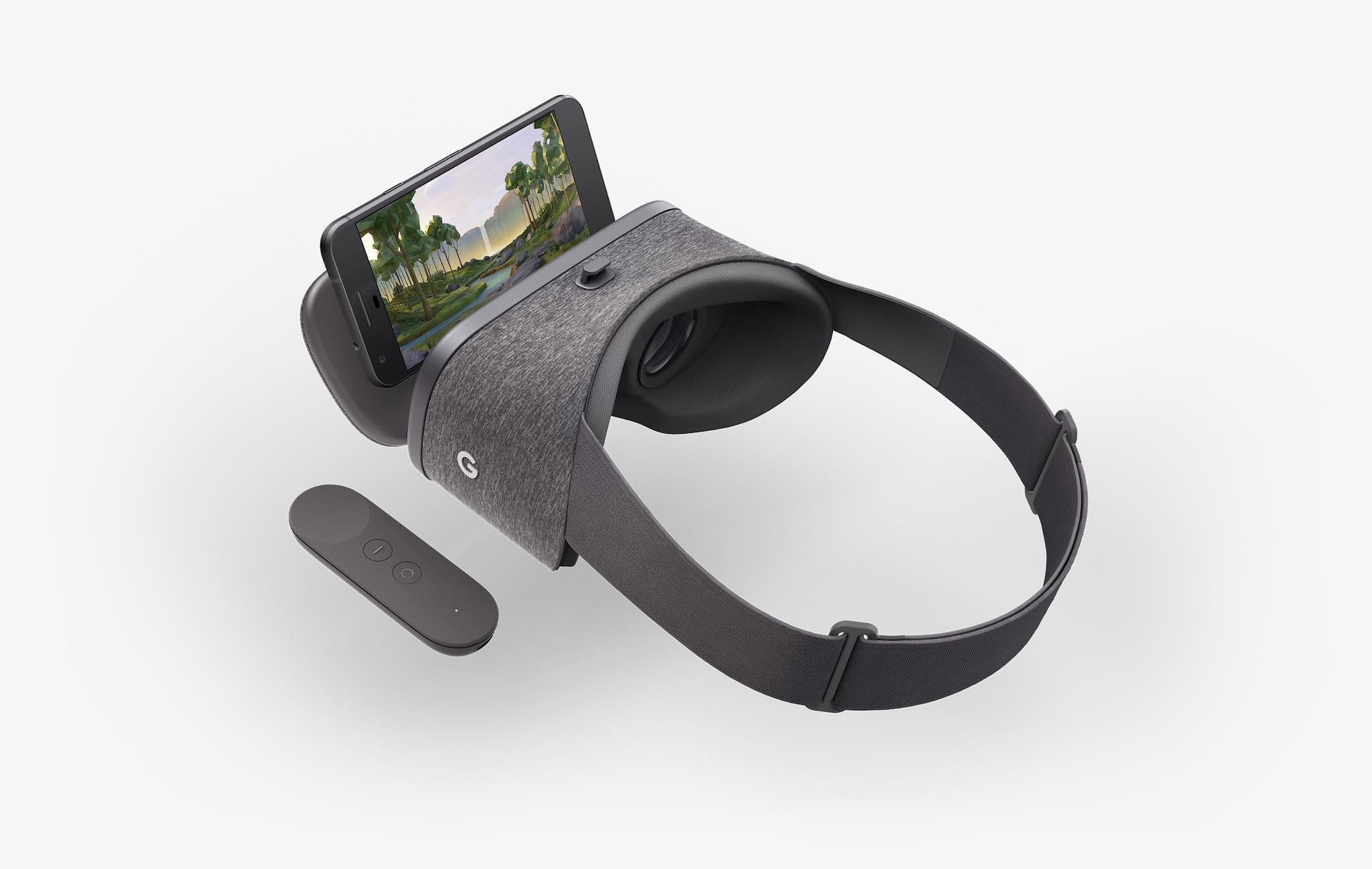Google Daydream VR review: Comfy, capable and affordable but not enough content yet
Daydream is likely to become a major VR platform, in a year with more than a few competitors. But it's not ready for that just yet

Your support helps us to tell the story
From reproductive rights to climate change to Big Tech, The Independent is on the ground when the story is developing. Whether it's investigating the financials of Elon Musk's pro-Trump PAC or producing our latest documentary, 'The A Word', which shines a light on the American women fighting for reproductive rights, we know how important it is to parse out the facts from the messaging.
At such a critical moment in US history, we need reporters on the ground. Your donation allows us to keep sending journalists to speak to both sides of the story.
The Independent is trusted by Americans across the entire political spectrum. And unlike many other quality news outlets, we choose not to lock Americans out of our reporting and analysis with paywalls. We believe quality journalism should be available to everyone, paid for by those who can afford it.
Your support makes all the difference.We’re drawing towards the end of the year virtual reality went mainstream. There are now several ways you can immerse yourself in all-pervading worlds by plonking a helmet on your head.
At the high end there’s the stunning HTC Vive and impressive Oculus Rift. Great though these are, they are expensive, especially when you factor in the cost of the high-end gaming computer with plenty of grunt, which you need to power the headset effectively.
At the bottom end there’s Google Cardboard, a makeshift device into which you put your mobile, using that as a screen which has very variable results.
And in the last weeks the Sony PlayStation VR has gone on sale. This is likely to be super-popular this Christmas, costing £349.99 and offering great performance at a good price. You need a Sony PlayStation 4 to power it, but that costs far less than a gaming laptop, say.
Plus, there are lots of games for the Sony VR set-up.
But just when it was assumed this would be the winner, Google throws its headset into the ring with Google Daydream View. Price-wise, this is a snip at £69, though you need a suitably powerful Android phone to act as the display. At the moment, that means plumping for the brand-new Pixel phone by Google.
The Daydream View looks different from other headsets: it’s covered in a soft material, making it more welcoming than the hard plastic, space-age styling of rivals.
It also makes it much lighter, though inserting the Google Pixel or bigger Pixel XL adds to this, obviously. The headset has an elastic fastening to hold the phone in place, so it’s adjustable enough to fit both sizes of Pixel and will work with other powerful-enough phones when they are released. It’s versatile, then.
Because the screen is supplied by the smartphone, the headset is not tethered by cable as the HTC Vive, Oculus Rift and PSVR are. It’s big enough to let you wear glasses under the headset, though it’s a little more comfortable without.
It comes with a touch-sensitive remote control which can be used in various ways in the games. Ingeniously, this is anchored under an elastic strap inside the headset when not in use.
Set-up is simple, worlds away from the time-intensive processes of the HTC and Oculus devices. Install the Daydream app then put the phone in the headset and as you close the front over it, the app launches.
A quick tutorial later and you’ve learnt how to re-centre the screen if the remote and display lose alignment, shoot objects and throw sticks for an arctic fox. Even here, the experience is persuasively immersive.
There are apps in the Daydream store ready for you to try or purchase. Mostly these are games but you can also watch movies from the Google Play Store.
You can look at landmarks in Google Street View and these are impressive. There are also YouTube VR offerings which look good in the main.
However, there aren’t that many games yet. Ones that are there include Wonderglade. You find yourself in a theme park, with arcade games to play. In one, you must be ready to wave a magic wand to shatter glowing boulders fired at you from the mouths of stone dragons. In another you point the remote at fires to put them out with your fireman’s hose. There’s a golf game in Wonderglade and a tilting racing game. All are fun but may not keep your attention for long, and the jolly wispish child who is your host is fairly annoying.
In another game, Mekorama, you spin the world around you to guide a dejected robot past obstacles and to his goal.
Game quality varies and most are fun, but even with the high-resolution screen on the Pixel XL, there are times when the limitations of the display are evident. When watching Star Trek Beyond, I was aware of the pixels onscreen more than I should have been.
The Pixel phone gets very hot while you’re using it with the Daydream View, and it uses quite a bit of battery quite quickly, but anyway, you won’t want to use it for too long – it’s immersive but it’s tiring.
Still the operation is seamlessly straightforward and much of the time, the wonder of VR is pretty remarkable.
As more games become available and more phones that are compatible, Daydream View is likely to become an essential VR platform.
Join our commenting forum
Join thought-provoking conversations, follow other Independent readers and see their replies
Comments